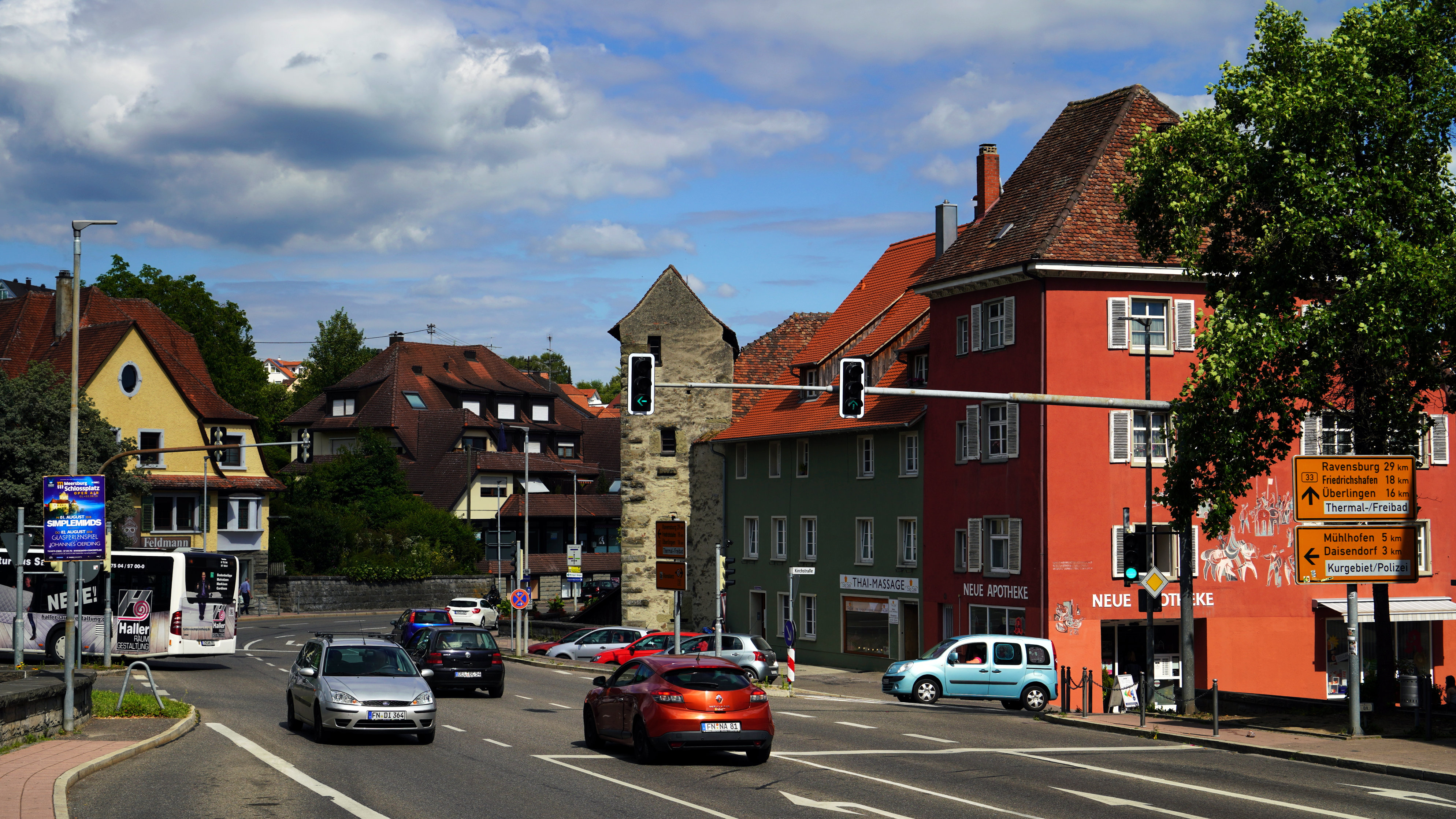Japan Travel
Hiroshima’s Mitaki-dera Temple: Scenic Mountain Attraction
Hiroshima’s Mitaki-dera Temple: Scenic Mountain Attraction
Nestled in the lush, forested hills just northwest of Hiroshima city, Mitaki-dera Temple offers a serene escape from the urban bustle, inviting visitors into a world of natural beauty, spiritual reflection, and historical resonance. Known as the “Temple of Three Waterfalls,” Mitaki-dera is not merely a religious site but a harmonious blend of nature, art, and memory—a place where the whispers of the past mingle with the murmuring streams and rustling leaves.
The name “Mitaki” itself derives from the three cascading waterfalls that grace the temple grounds: Fudō, Senju, and Jōtaki. These falls have long been considered sacred, their pure waters used in Buddhist rituals for cleansing and purification. As one ascends the stone pathways, the sound of flowing water provides a constant, calming backdrop, enhancing the meditative atmosphere. The temple was founded in 809 AD by the monk Kūkai, also known as Kōbō Daishi, the revered founder of Shingon Buddhism. Throughout its history, Mitaki-dera has been a site of worship, contemplation, and cultural preservation.
One of the most striking features of Mitaki-dera is its seamless integration with the natural environment. The temple complex is spread across a densely wooded mountainside, with structures strategically placed to complement the landscape rather than dominate it. In spring, the area is awash with the delicate pinks of cherry blossoms; in summer, the deep greens of maple and cedar trees provide a cool canopy; autumn transforms the slopes into a brilliant tapestry of reds and golds; and winter brings a quiet, stark beauty, occasionally dusted with snow. Each season offers a distinct experience, making Mitaki-dera a year-round destination.
The architectural elements of the temple are as captivating as its natural surroundings. The main hall, rebuilt in the 1950s, houses statues of the Buddha and other deities, but it is the smaller structures and artifacts that often capture visitors’ attention. Among these is a two-story pagoda, originally built in the 15th century and relocated to Mitaki-dera in 1951. This pagoda, along with several statues and bells, serves as a memorial to the victims of the atomic bombing of Hiroshima. The temple’s role as a site of remembrance adds a profound layer of meaning to its spiritual and aesthetic appeal.
Perhaps the most poignant of these memorials is the “Atomic Bomb Memorial Pagoda,” which contains ashes of some of the bombing victims. Every year on August 6th, the anniversary of the bombing, a ceremony is held here to pray for peace and the souls of the departed. The temple’s connection to this tragic event is both somber and uplifting—a testament to resilience and the enduring hope for a peaceful world. This aspect of Mitaki-dera makes it not only a place of historical interest but also a symbol of reconciliation and healing.
Art and culture thrive within the temple grounds. Scattered throughout the forest are numerous stone statues of Jizō, the bodhisattva protector of children and travelers. These statues, often adorned with red bibs and offerings, reflect a deeply ingrained folk tradition and a sense of compassionate guardianship. Additionally, the temple features a small but insightful museum displaying Buddhist art, scrolls, and ritual objects, providing visitors with a deeper understanding of the religious and cultural practices associated with Shingon Buddhism.
The journey to Mitaki-dera is itself part of the experience. A short train ride from central Hiroshima brings visitors to Mitaki Station, from which a leisurely walk through quiet neighborhoods leads to the temple entrance. The approach is gradual, allowing a gradual transition from the everyday world to one of tranquility and reflection. The main path winds upward, crossing small bridges and passing by tea houses and rest areas where visitors can pause and absorb the ambiance.
For many, the highlight of a visit is the opportunity to enjoy a traditional tea ceremony while overlooking the waterfalls. This practice, deeply rooted in Japanese culture, emphasizes mindfulness, simplicity, and appreciation of the present moment—a philosophy that resonates perfectly with the setting. The combination of natural splendor and cultural ritual creates a uniquely immersive experience.

Mitaki-dera also plays a role in local community life. Seasonal festivals, such as the autumn moon-viewing event, draw both residents and tourists. These occasions often include poetry readings, musical performances, and illuminated night walks, highlighting the temple’s function as a living cultural center.
In recent years, Mitaki-dera has gained international attention as a destination for those interested in history, spirituality, and nature. Yet it has managed to retain its peaceful character, avoiding the overcrowding that affects more famous sites. Visitors often speak of the sense of peace they find here—a feeling that transcends religious or cultural boundaries.
In conclusion, Mitaki-dera Temple is a multifaceted gem in Hiroshima’s cultural and natural landscape. It offers not only stunning scenery and architectural beauty but also a space for reflection on history and peace. Its waterfalls, forests, and sacred structures combine to create an environment that soothes the soul and inspires the mind. For anyone traveling to Hiroshima, a visit to Mitaki-dera is more than a side trip—it is an essential journey into the heart of Japan’s enduring spirit.
相关文章
- Yamagata’s Zao Onsen: Snow Monster Hot Spring Attraction
- Japan’s Maid Cafés: Akihabara Subculture Attractions
- Okayama’s Okayama Korakuen: Historic Garden Attraction
- Japan’s Horse Racing Tracks: Equestrian Sports Attractions
- Tokyo’s Odaiba Gundam: Anime Icon Attraction
- Japan’s Doll Festivals: Hinamatsuri Attractions
- Kagoshima’s Ibusuki Onsen: Sand Bath Hot Spring Attraction
- Japan’s Table Tennis Clubs: Recreational Attractions
- Kyoto’s Nishiki Market: 400-Year-Old Food Attraction
- Japan’s Camellia Festivals: Winter Flower Attractions
发表评论
评论列表
- 这篇文章还没有收到评论,赶紧来抢沙发吧~


